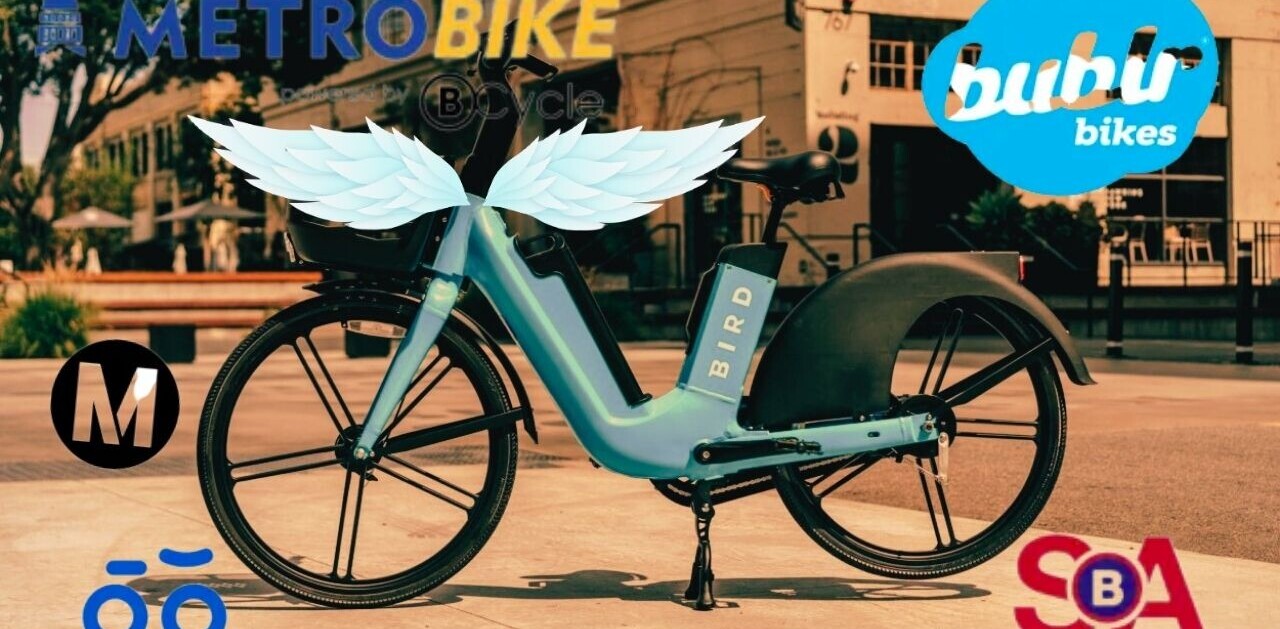
This week Dott unveiled an experiment to send bad escooter riders back to school.
In an industry-first pilot in Rome and Milan, Dott is launching a scheme where bad riders who repeatedly park escooters badly (outside a permitted area or violating the Highway Code) are sent to a driving course.
Specifically, second-time offenders receive a fine from Dott and a guide to parking and local rules. A third violation invites them to attend “a compulsory and free driving course in Autumn 2022.”
I spoke to Rob Haycocks, Head of PR Communications at Dott. They told me that the brand is collaborating closely with the local authorities to set up a course adapted to cities and responsive to the most common rider behavior problems.
However, the problem is that the course isn’t a legal obligation. “We are looking at how we can best incentivize users to attend, with Dott credit or free rides, for example,” said Haycocks.
I think this gets to the crux of the issue. How do micromobility operators prevent, reduce, and respond to bad riding?
The battle to stop riders acting like fuckwits
Over the last five years, every operator has rolled out tech to curb and penalize bad riding.
For example, Voi launched RideLikeVoila — a digital traffic school for e-scooters — and introduced an ‘end of ride photo‘ requiring riders to provide visual proof of correct parking or risk a £25 (US$35) fine. Neuron Mobility has the Scootsafe Academy.
Superpedestrian and Lime use AI to detect sidewalk riding and other bad behavior, alerting riders audibly and slowing the escooter. Lime is also rolling out a late-night rider test for alcohol. It tests riders on their reaction times before they can unlock an escooter.
However, when we talk about bad riding, there are no statistics on the number of private escooters on the streets.
In most instances (besides the UK), they’ve been hugely absent from the bad rider narrative. And Italy got people buying their own escooters, launching a subsidy scheme in 2020 that allowed residents to claim back up to €500 ($500) of the purchase price.
Who polices private riders?
While micromobility operators are doing the heavy lifting, curbing private owners relies on police being vigilant and motivated enough to fine people for speeding or riding on the sidewalk. And, there’s no way to slow down or stop a private escooter in operation.

Only a few cities, like Dubai and Montreal, have local parking fines for law breakers or for riding on the sidewalk (Paris). Besides those initiatives, cities such as Berlin and Stuttgart are rolling out parking zones, offering micromobility customers free ride minutes for using them. But this offers no incentive for private riders to use a parking zone.
Collaboration is crucial
Micromobility operators spend an inordinate amount of time collaborating with local municipalities to manage the flow of escooters in their cities.
But almost every city has multiple vendors. Successful behavioural controls must extend across all fleets. Otherwise, people fined in one app will simply jump on the escooter of a competing brand.
Who are bad riders?
Anecdotally, ask most members of the public who the bad riders are, they’ll most likely choose adolescent males. However, no micromobility provider has publicly shared the demographics of bad offenders. And we have no demographic data on private owners.
Although nighttime speed controls and cognitive tests point to the problem of drunk riders speeding at night.
But are people riding escooters after a night of drinking because there’s inadequate public transport after dark? It’s hard to say, despite the narrative around scooters and their critical role in last mile mobility.
Further, some riders choose sidewalk riding because they feel unsafe on streets next to cars, highlighted by focus groups of women who ride escooters.
Women also cited the danger of riding into slow zones with unexpected deceleration. Some felt unsafe riding at night due to the slow pace, or needing to walk a heavy scooter in areas where they no longer function at night.
This means that not all controls affect all riders equally.
Micromobility providers are united in trying a combination of carrot and stick approaches to managing rider behaviour.
But ultimately, we’ll only get riders and wayward escooters off the sidewalk through the provision of quality protected bike lanes and accessible parking spaces.
And as for the fuckwits who willfully ride badly for the fun of it? If it could be made mandatory by law enforcement, Dott’s rider school might just be the key.
Get the TNW newsletter
Get the most important tech news in your inbox each week.




